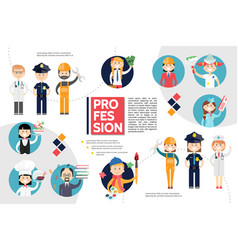Factors To Take Into Consideration For Industrial Outside Painting By Season: Vital Details You Need To Have
Factors To Take Into Consideration For Industrial Outside Painting By Season: Vital Details You Need To Have
Blog Article
Content Composed By-Ford Browne
When you're intending an industrial exterior painting task, seasonal factors can make or damage your results. You'll intend to consider how temperature level and humidity effect paint application and drying out times. Choosing the ideal period can ensure your paint adheres effectively and lasts longer. Yet which seasons are really the very best for this kind of job? Let's check out the key elements that can impact your task's success.
The Impact of Temperature on Paint Application
When you're preparing a business external painting job, the temperature can significantly impact exactly how well the paint sticks and dries out.
Preferably, you wish to paint when temperatures range in between 50 ° F and 85 ° F. If it's also chilly, the paint might not cure effectively, bring about problems like peeling or splitting.
On the flip side, if it's also hot, the paint can dry out too quickly, preventing proper bond and leading to an uneven finish.
You should also consider the time of day; morning or late afternoon supplies cooler temperature levels, which can be a lot more desirable.
Always check the manufacturer's referrals for the details paint you're using, as they often provide guidance on the optimal temperature range for ideal results.
Moisture and Its Effect on Drying Times
Temperature level isn't the only environmental factor that affects your industrial external painting project; moisture plays a substantial role too. High moisture degrees can decrease drying times significantly, affecting the general quality of your paint job.
When the air is saturated with wetness, the paint takes longer to treat, which can bring about issues like inadequate attachment and a higher danger of mildew growth. If you're painting on a particularly humid day, be prepared for extended wait times in between coats.
It's crucial to keep an eye on local climate condition and plan as necessary. Preferably, https://www.washingtonpost.com/arts-entertainment/2022/09/08/obama-portraits-artists/ for humidity levels between 40% and 70% for optimum drying.
Maintaining these consider mind guarantees your job stays on track and provides an enduring surface.
Best Seasons for Commercial Outside Painting Projects
What's the most effective season for your industrial external paint jobs?
Springtime and very early autumn are usually your best choices. During impressions painting , temperatures are mild, and humidity degrees are frequently reduced, creating ideal problems for paint application and drying.
Prevent summer's intense heat, which can trigger paint to dry as well promptly, resulting in bad bond and finish. Similarly, wintertime's cool temperatures can impede correct drying and curing, risking the longevity of your paint job.
Aim for days with temperatures between 50 ° F and 85 ° F for optimum outcomes. Remember to check the neighborhood weather forecast for rainfall, as wet conditions can ruin your task.
Preparation around these elements ensures your painting project runs smoothly and lasts longer.
Conclusion
Finally, planning your industrial exterior paint jobs around seasonal factors to consider can make a considerable distinction in the result. By organizing work throughout the perfect temperature levels and humidity levels, you'll ensure better attachment and drying times. Remember to keep an eye on local weather prediction and choose the correct time of year-- springtime and early loss are your best options. Taking these steps will aid you attain a long lasting and professional surface that lasts.
